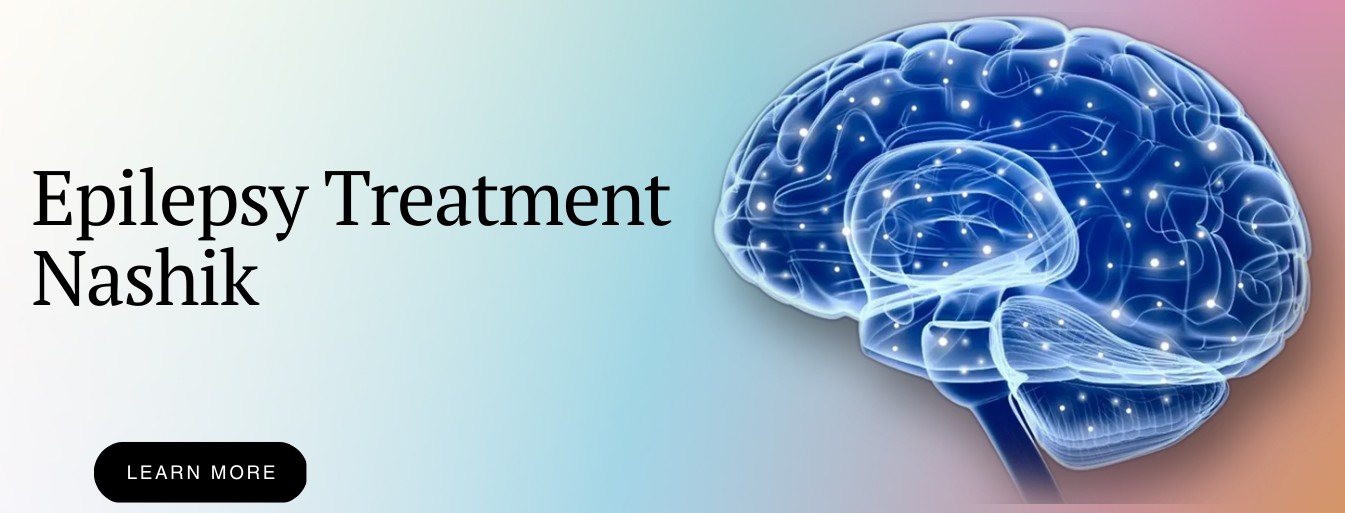


Epilepsy is a neurological disorder that affects people of all ages, including children. It is defined by recurrent seizures (two or more unprovoked seizures) characterized by uncontrolled electrical disturbances in the brain. If your child experiences repeated seizures, it is essential to seek medical attention immediately, as epilepsy can be a serious condition if left untreated. In this blog, we will discuss the first signs of epilepsy in children, what causes epilepsy in kids, how it is treated, and the best remedies for epilepsy.
The first signs of epilepsy in children can vary depending on the child’s age. In infants, seizures may present as sudden, jerking movements of the arms or legs or rhythmic twitching of the eyes. Sudden brief tensing shock-like jerks of a child’s head, neck, and arms are called infantile spasms. Spasms are followed by crying and are easily misdiagnosed as evening colic.
In older children, seizures may be more apparent, such as sudden loss of consciousness, drop attacks, staring spells, or jerking movements of the limbs.
Not all seizures indicate epilepsy, as other factors can cause seizures, such as high fever, head injury, or certain medications. However, if your child experiences recurrent seizures, seeking medical attention immediately to determine the underlying cause and receive appropriate treatment is vital.
Various factors, including genetics, brain damage from injury or infection, or abnormal brain development can cause epilepsy in children. Some common causes of epilepsy in children include:
The primary goal of epilepsy treatment in children is to control seizures, reduce the seizure frequency and improve their quality of life. Treatment options for epilepsy in children may include medication, surgery, or a combination of both. In most cases, medication is the first line of treatment for epilepsy in children. There are the best epilepsy treatment centers in Nashik. In Nashik, there are several options for epilepsy treatment at Vidya Vikas Hospital. Vidya Vikas Hospital in Nashik is home to some of the best epilepsy treatment doctors in the area.
Medication: Antiepileptic drugs (AEDs) are the most common treatment for epilepsy in children. These medications are designed to reduce the frequency and severity of seizures by regulating the electrical activity in the brain. The type and dosage of medication prescribed will depend on the child’s age, weight, type of seizures, and overall health.
Surgery: In some cases, surgery may be recommended to remove the area of the brain causing seizures. This type of surgery is typically only recommended if seizures are not controlled with medication and the area of the brain causing seizures can be safely removed.
Examples of epilepsy surgeries include Corpus Callosotomy and Hemispherectomy.
Dietary Therapy: Dietary therapy, such as the ketogenic diet, has been shown to be effective in reducing seizures in some children with refractory epilepsy. The ketogenic diet (KD) is a high-fat, low-carbohydrate diet which is a first line treatment for GLUT-1 DS (GLUT 1 Deficiency Syndrome). Addition of KD helps reduce seizure burden in some refractory epilepsies like Lennox Gastaut Syndrome.
Epilepsies can be treated but not cured. Several remedies can help manage the condition and improve the quality of life. Some of the best strategies for epilepsy include:
In conclusion, epilepsy in kids is a complex neurological disorder that can significantly impact a child’s quality of life. While there is no known cure for epilepsy, with proper diagnosis and treatment, many children with epilepsy can lead relatively normal life. It is important for parents and caregivers to work closely with healthcare professionals to ensure that children with epilepsy receive the appropriate medical care, including medications and lifestyle modifications. Additionally, it is essential to provide emotional support and understanding to children with epilepsy and their families, as they may face unique challenges and stigma associated with the condition. With proper management and support, children with epilepsy can thrive and reach their full potential.